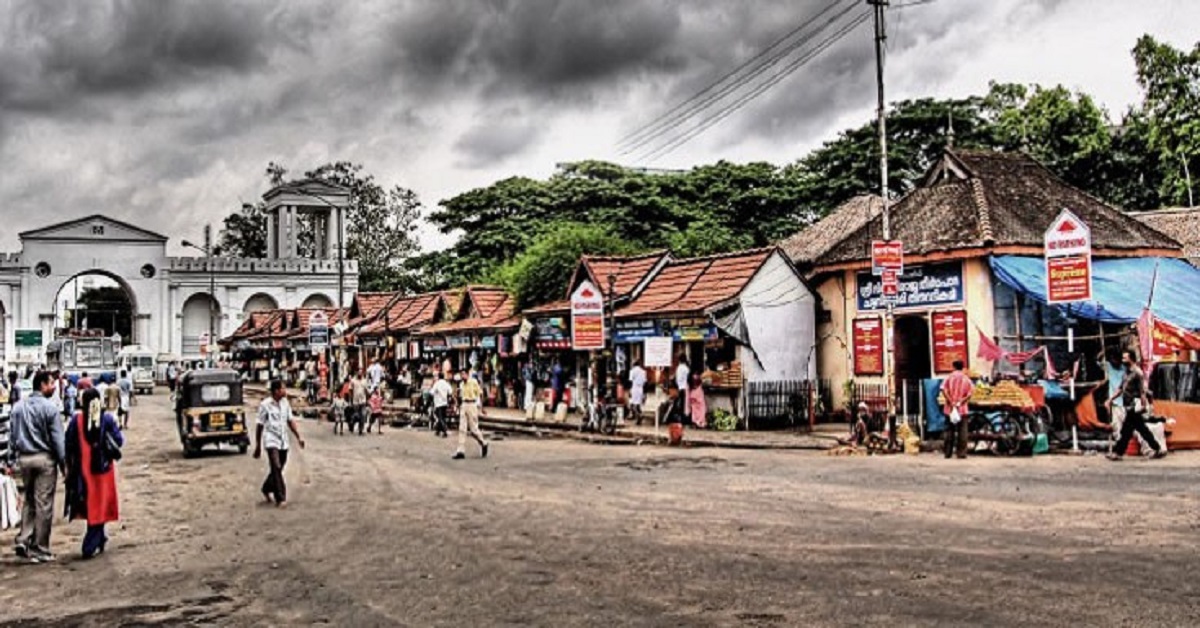
An important news for Trivandrum people that an event is coming after 150 years, if you miss it, you could never see it again in your lifetime on 31 January, a rare lunar event will take place after 150 years. Cities like Thiruvananthapuram are making elaborate arrangements for the celestial event which will see three phases of the moon, namely, lunar eclipse, a supermoon, and a blue moon.
Explaining the celestial event to The Times of India, Arul Jerald Prakash, director of Kerala Science of Technology Museum (KSTM), said that the moon which is in an elliptical orbit around the Earth when it partially comes in the shadow of the Earth, it is known as the penumbral phase. This phase will happen at 4:21 PM. When the moon moves further in the shadow of the Earth, it is known as the umbral phase. This phase will take place at 6:21 PM. The lunar eclipse will end at 7:37 PM. And the moon will emerge at 8:31 PM.
The next lunar event slotted on the same day is when the moon is closest to the Earth from the perigee point, the closest point to the Earth, which is 3.56 lakh kilometer. This is called the Supermoon, which will take place on 31 January.
Lastly, when the sun, the moon, and earth are aligned to form a straight line, this is called the full moon. Here, the moon looks bright and illuminated. The Blue Moon happens when two full moons happen within the same calendar month. We had already seen one full moon on 1 January, and the second one is happening on 31 January, thereby making it the Blue Moon.
He also said that since the lunar event is expected to happen when the light is scattered on the Earth, the moon may appear reddish or orangish. Thus, the moon would be called the Blood Moon.
The Priyadarshini Planetarium in the Kerala Science and Technology Museum (KSSTM) is making arrangements for people to witness this celestial event. It is organizing the event alongside Breakthrough Science Society who will also hold an awareness campaign about the lunar event.
This is a rare celestial event which took place in 1866, according to Prakash. The museum has made arrangements for telescopes for those interested in viewing.

Post Your Comments